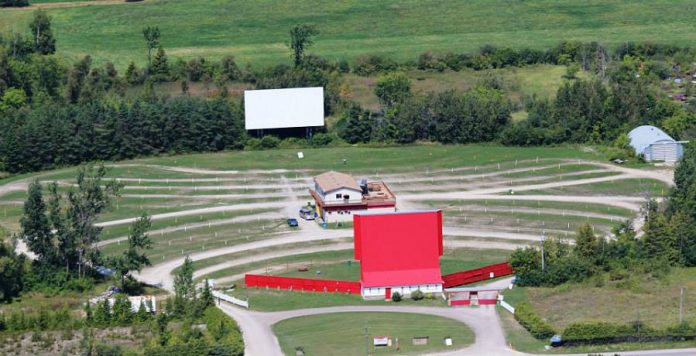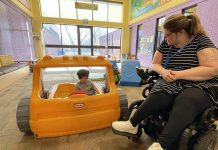
Sad news for drive-in theatre fans: the Havelock Family Drive-In is no more.
On Monday (March 25), owner Gordon Henderson announced on the drive-in’s Facebook page (which is now a drive-in and movie memories page) that the property has been sold.
He also confirmed that the new owners will not be taking over operation of the drive-in theatre.
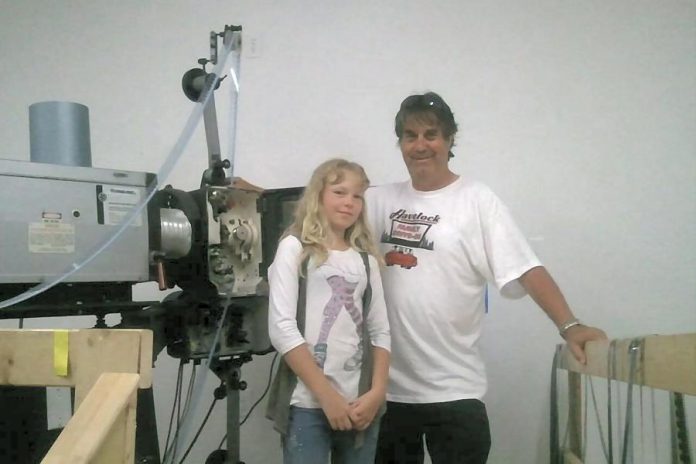
The 65-year-old Henderson first opened the drive-in in 2010 after purchasing the property at 800 Belmont 11th Line in Havelock. He had a galvanized steel screen custom made with a 14-foot base, and later purchased a digital projector.
Henderson had been experiencing challenges operating the drive-in since at least the fall of 2017, when he launched a GoFundMe campaign seeking $75,000, stating that he was “in a very hard situation” and “faced with the devastating news that I am in jeopardy of losing my lifelong dream my beloved drive-in.” The campaign, which was not widely promoted, raised a total of $4,820.
In 2018, the drive-in did not open in April as originally scheduled and remained closed over the summer “due to various issues”, according to Henderson (one of which was reportedly that the projector was stolen).
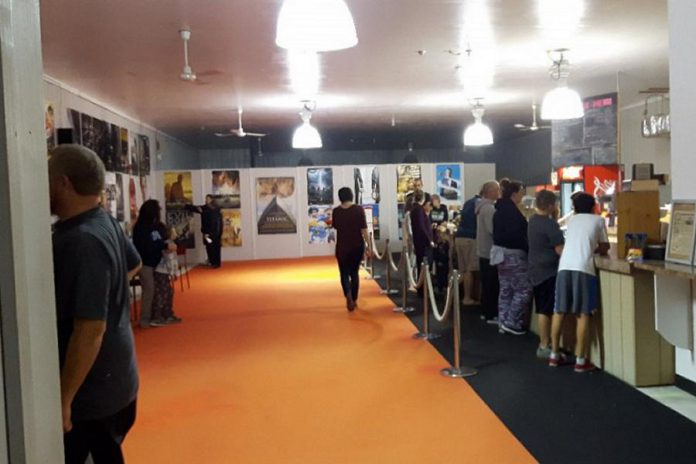
The drive-in eventually opened for a few weekends in late fall 2018 — well after drive-in season was over.
The Havelock Family Drive-In joins the Mustang Drive-In in Peterborough, which closed in 2012 when the owner was unable to afford the switch to digital projection.
Two drive-in theatres still operate in the Kawarthas: the Lindsay Drive-In (229 Pigeon Lake Road, Lindsay) which opens for the season on April 26th, and the Port Hope Drive-In (2141 Theatre Rd. S., Cobourg) — Canada’s oldest continuously operated drive-in — which will be announcing its opening date within the next week (in 2018 it opened on March 30th).
A brief history of drive-in theatres
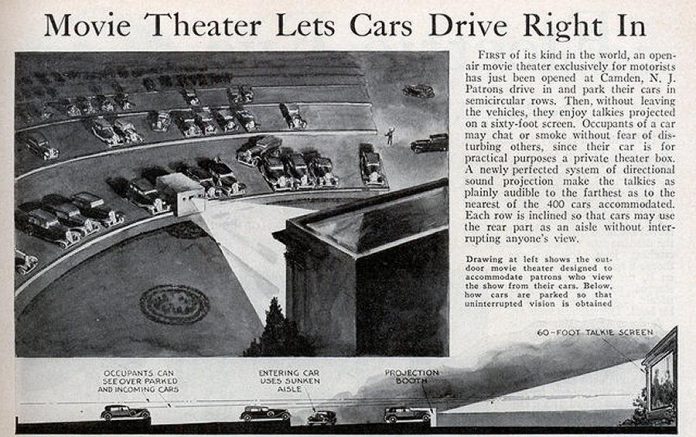
The concept of the drive-in theatre was invented in the late 1920s by Richard Hollingshead of Camden, New Jersey. The story goes that his overweight mother couldn’t get comfortable in regular movie theatre seats, so Hollingshead came up with the idea of an open-air theatre.
He mounted a 1928 Kodak movie projector on the hood of his car, projected the film onto a screen made of two sheets nailed between two trees, and placed a radio behind the screen for sound. Eventually he developed a ramp system so cars could park at different heights to see the screen without being unobstructed by other vehicles.
In 1933, Hollingshead received a patent for the concept, formed Park-In Theatres, Inc. and opened “Automobile Movie Theater” — the very first drive-in theatre. He charged 25 cents per person and 25 cents per car, with a maximum cost of $1. Park-It Theaters later licensed the concept to Loews Drive-In Theaters, Inc. (the origin of the phrase “drive-in theatre”), but drive-ins didn’t become popular until the advent of in-car speakers in the early 1940s. In 1946, Skyway Drive-In in Stoney Creek, Ontario (since closed) was the first drive-in theatre to open in Canada.
After some legal issues between Park-In Theaters and Loews Drive-In Theaters, Hollingshead’s original patent was overturned in 1950, and drive-ins began popping up everywhere. They were popular because they offered affordable family entertainment. People could bring their babies and kids and amorous teenagers could find some privacy from their parents in what became known as the “passion pit”.

During the drive-in peak of the late 1950s and early 1960s, there were more than 4,000 drive-in theatres in the U.S. and 250 in Canada. Today, there are fewer than 350 drive-ins left in the U.S. and fewer than 50 in Canada.
The decline of the drive-in began in the 1970s, with the rise of home entertainment options — colour television, cable, VCRs, and video rentals — that encouraged families to stay in the comfort of their homes. The energy crisis of the 1970s also had an impact, as did the widespread adoption of Daylight Saving Time (which forced movies to start an hour later, making them less family friendly).
To supplement their declining revenues, some drive-ins (which were already showing B movies rather than first-run movies, due to restrictions from movie studios) began screening mature films and adult films. However, this created a negative image and further discouraged families from attending.
The growing real estate market and increasing property taxes also affected the viability of drive-in theatres, many of which were located in the suburbs or in rural areas. Theatre owners ended up selling to developers who built shopping malls or residential housing developments on the properties.
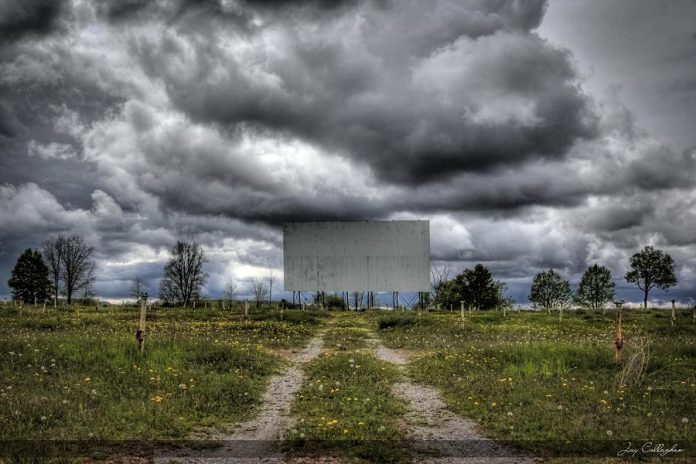
Despite the decline in attendance that shuttered many theatres, the quality of the drive-in experience continued to improve. In the 1970s, the original sound system used for drive-in theatres (an external speaker hung inside a car’s window) was replaced by low-power AM broadcasts to car radios and, in the 1980s, by higher-quality FM radio broadcasts.
In the early 1990s, movie studios began offering first-run movies to drive-ins, and the drive-in theatre had somewhat of a resurgence. People could now see new and popular movies at drive-ins instead of going to a regular movie theatre.
The resurgence was short lived, however. In the 1990s and the 2000s, even more home entertainment options became available, including DVDs, larger and cheaper high-definition flat-screen televisions, and streaming internet video including Netflix. The final nail in the coffin for some drive-ins came in the early 2000s, when movie studios began to move away from producing 35mm film prints to digital, with an ultimatum issued to theatres to switch to digital in 2013.
This meant that drive-ins had to purchase high-definition digital projectors if they wanted to screen new movies. The conversion cost was $75,000 to $100,000 per screen — a difficult expense for drive-in theatres to justify with a limited number of daily screenings, and particularly for Canadian drive-in theatres that only operate for part of the year.
Still, even facing all these obstacles, drive-ins continue to make a go of it. But if you want to keep your local drive-in in business, make going to a drive-in movie a regular outing during the season.
